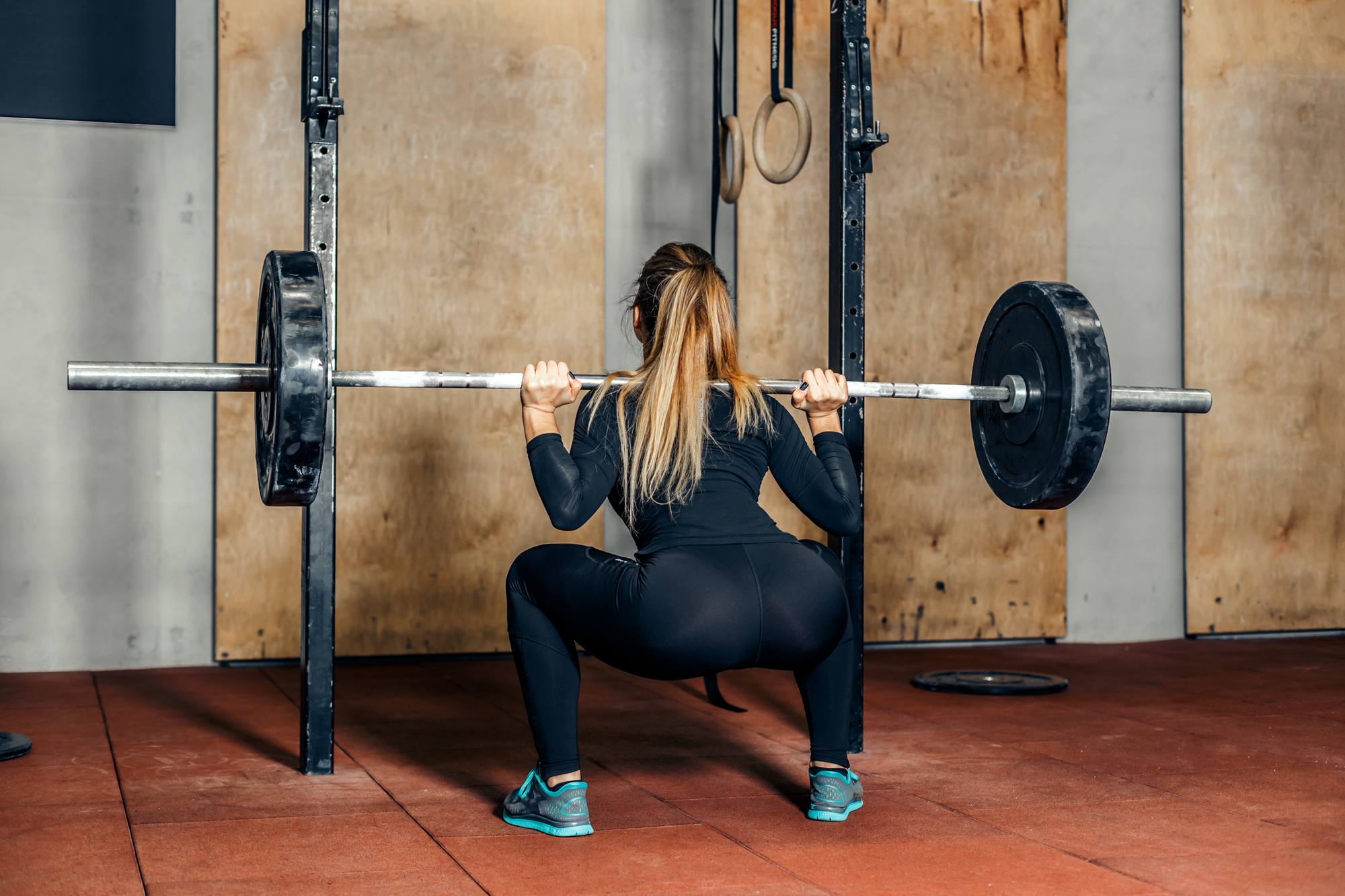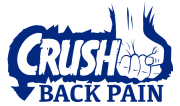What causes lower back pain after squats?
Lower back pain after squats usually results from repetitive lumbar flexion under load. Perfect squat form is rare. Increased weight and higher volume sets increase the likelihood of excessive lumbar flexion with each rep.
It does not take much lumbar flexion when load and volume are combined to lead to lower back pain, soreness, or discomfort.
The bottom position of the squat is almost always the point where excess lumbar flexion happens. A number of different impairments may be causing the excessive lumbar flexion.
- Poor form, simply being sloppy and allowing lumbar flexion in the hole
- Limited hip flexion ROM/mobility
- Limited ankle dorsiflexion ROM/mobility
- Inadequate lumbar stabilization
How to fix lower back pain after squats
Maintain the lumbar lordosis. DON’T allow the lower back to round out.
Rounding the lower back is the most common cause of lower back pain after squatting and the easiest to fix.
Deep squats max out hip flexion range of motion, resulting in posterior pelvic tilt. Posterior pelvic tilt causes lumbar flexion from the bottom up.
The lower back does not tolerate repetitive lumbar flexion under compression loading. Repetitive flexion under load is exactly what causes lumbar discs to herniate.
The fix is simple. Don’t squat deep enough to illicit lumbar flexion. Keep the lower back in a neutral position, with the natural curve. This minimizes loading through the discs. Squatting to parallel or even a little above parallel may be required.
I understand the mentality of wanting to go deep, through the full available range. When tolerated, great, if it’s not, quit doing it.
Squatting to parallel will build plenty of strength and muscle. Period.
To squat without lower back pain don’t combine repetitive lumbar flexion with spinal compression loading.
Hip flexion mobility/ROM
Full range squats require adequate hip flexion mobility. Limited hip flexion causes the lower back to flex during the squat.
To improve hip flexion ROM work on hamstring stretching while maintaining the lumbar spine in neutral. Don’t let the lower back round out.
Another great way to work on hip flexion is to put a bar around chest height. Grab onto the bar and squat. Holding on to the bar keeps the lower back from flexing while the hips flex through full range.
Do this for reps and extended holds.
Ankle dorsiflexion mobility/ROM
Restricted ankle dorsiflexion does not allow the body to sit back into the squat position properly. With limited dorsiflexion either the hips or lumbar spine have to flex more, to allow a person to get into the bottom position of the squat.
A very likely place for the body to pick up the needed motion is the lumbar spine. In the form of flexion. Again, to reiterate, the repetitive flexion under compression load will not be tolerated for long. Especially with higher volume and heavier weight.
Ankle dorsiflexion self mobilizations. Use them as a warm-up before squatting.
Belt
A belt is a great way to give you proprioceptive feedback. Just feeling the belt around the waist keeps the trunk tight, helping maintain the lower back in a neutral position.
The belt also lends support, sustaining the natural curve of the lumbar spine.
Lumbar stabilization training
Core stiffness and neuromuscular control enhance the stability of the lumbar spine. Squatting any type of weight requires a rigid, stable lumbar spine.
If the lower lumbar levels are not stable and locked in they move excessively during the squat movement. This eventually results in pain and possibly injury. The risk increases along with increased weight.
How do you know if your core is weak?
When there is lower back pain when returning to standing after bending forward. Lower back pain with multiple directions of movement (bending forward, backward, side to side, twisting).
Testing the endurance of the trunk muscles will also determine if there is core weakness or side to side differences that need to be addressed.
Test your trunk muscles
Trunk muscle endurance testing is the easiest and most reliable way to test the trunk muscles.
Trunk Extension
Side Bride Endurance
- Left side bridge
- Right side bridge
Trunk flexion
The trunk extensor endurance test looks at the spinal extensors (multifidus, longissimus, iliocostalis).
The side bridge endurance test looks at the lateral trunk musculature primarily (quadratus lumborum, internal and external obliques).
The isometric trunk flexor endurance test looks at the anterior or front trunk muscles (rectus abdominis). Each test is measured in seconds.
Video instructions on testing trunk endurance
Normal hold times
Trunk extensor endurance test: Male 146 seconds. Female 189 seconds.
Side bridge endurance test: Male right 94 seconds. Left 97 seconds. Female right 72 seconds. Left 77 seconds.
Trunk flexor endurance test: Male 144 seconds. Female 149 seconds.
Trunk flexor endurance/trunk extensor endurance ratio
The trunk extensors should have more durance compared to the trunk flexors, extensor hold time should be longer compared to the flexor hold time.
The normal ratio of trunk flexor endurance to trunk extensor endurance is 0.84 for males and 0.72 for females.
To figure out what your ratio is simply take your score in seconds on the trunk flexor endurance test and divide it by your score in seconds on the trunk extensor endurance test.
When the trunk extensor endurance time is greater compared to the trunk flexor endurance time the trunk muscles are normal.
When trunk flexor endurance time is greater compared to trunk extensor endurance time there is a muscle imbalance that needs to be addressed.
Side bridge left/right differences
The left and right sides are tested, the difference in time between sides should not be greater than 5% (0.05). Divide your left score by your right score or vice versa. If the number is 0.05 or less there is no imbalance between sides. If it’s more than 0.05 you have an imbalance between the left and right sides that needs to be addressed.
Don’t squat until you’ve been up for at least an hour
Lying down and sleeping cause the discs to take on fluid. Increased fluid content in the disc naturally results in increased pressure within the disc. People are actually 1/2 to 1 inch taller when they first wake up in the morning because of the increased fluid in the discs.
Lower Back Pain in the Morning? goes into more detail, along with the medical research.
Squatting with increased fluid content in the disc increases the likelihood of disc related pain. Increased disc pressure due to higher fluid content combined with compression loading and lumbar flexion while squatting will lead to lower back pain.
During the first hour after waking up 90% of the increased fluid content is pushed out of the disc.
So simply wait until you’ve been up for at least an hour to squat.
The pre-squat warm-up
Optimize ankle and hip mobility before you squat with this warm-up.
Ankle dorsiflexion self mobilization x 12 each side
Cossack squat x 10 to each side
FAQs
Low back pain after squats is usually due to repetitive lumbar flexion combined with compression loading. The best way to treat this is by limiting lumbar flexion and compression, decompressing the lumbar spine, and exercise that activates the trunk muscles with minimal loading through the lower back. Limiting lumbar flexion for the first hour after waking up will reduce loading through the discs, decreasing pain and speeding up the healing process. Self lumbar traction and movement/exercise that increases blood flow to the lower back and activates the trunk muscles without excessive load through the lumbar tissues will reduce pain and facilitate recovery.
Lower back pain after squatting is often due to repetitive lumbar flexion combined with compressive loading. The lumbar discs do not tolerate repetitive or end-range flexion with compression very well.
Excessive lumbar flexion results from various movement pattern, mobility, and muscle performance impairments. These include; squatting too deep, impaired hip flexion mobility, impaired ankle dorsiflexion mobility, impaired core stability. To squat without lower back pain repetitive and end-range lumbar flexion must be limited and controlled during the movement.
Lower back pain when bending forward after squats is likely the result of repetitive or end-range lumbar flexion while squatting. If the lower back pain when bending forward is more muscle soreness and goes away in a couple days, don’t give it any though. This is normal. If the lower back pain is more painful compared to sore and lasts for a week or more then you need to control lumbar flexion while squatting. Repetitive and end-range lumbar flexion stresses the posterior part of the disc, where it’s weakest. This is even more pronounced when compression loading is combined with lumbar flexion. Which it is when squatting with external load, be it a barbell, dumbbells, or kettlebells. To squat without provoking lower back pain when bending forward the lower back must be maintained in a neutral position. The normal, lordotic curve needs to be maintained throughout the squat movement.
Lower back pain after heavy squats is either general muscle soreness and soft tissue soreness due to loading, which is normal, or disc related pain. If you exercise regularly you know the difference. Normal, generalized soreness after lifting goes away after a couple days. Actual lower back pain may take a week or longer to decrease or go away, and is more pain compared to soreness.
Lower back pain after heavy squats results from repetitive and/or end-range lumbar flexion combined with compression loading. The discs of the lower back do not tolerate compression combined with simultaneous repetitive and/or end-range flexion. This type of loading and motion stress the back part of the disc, the weakest part. To squat without lower back pain the lumbar spine must be maintained in a neutral position throughout the entire movement pattern.
To prevent lower back pain after squats the lumbar spine must be maintained in a neutral position, with the natural lordotic curve, throughout the entire squatting movement. Repetitive and/or end-range lumbar flexion must be avoided while squatting, especially with a barbell, dumbbells, or kettlebells. Maintaining the lumbar spine in neutral may be as simple as not squatting too deep and keeping the chest up and the butt back. Or it may entail improving hip flexion or ankle dorsiflexion mobility. The core may need to be strengthened. Wearing a back belt helps some people to maintain the natural lumbar curve and to avoid excessive flexion. A combination of these things may be required. But the bottom line is, neutral lumbar spine while squatting. This will minimize stress, strain, and compression through the discs and other lumbar tissues.



